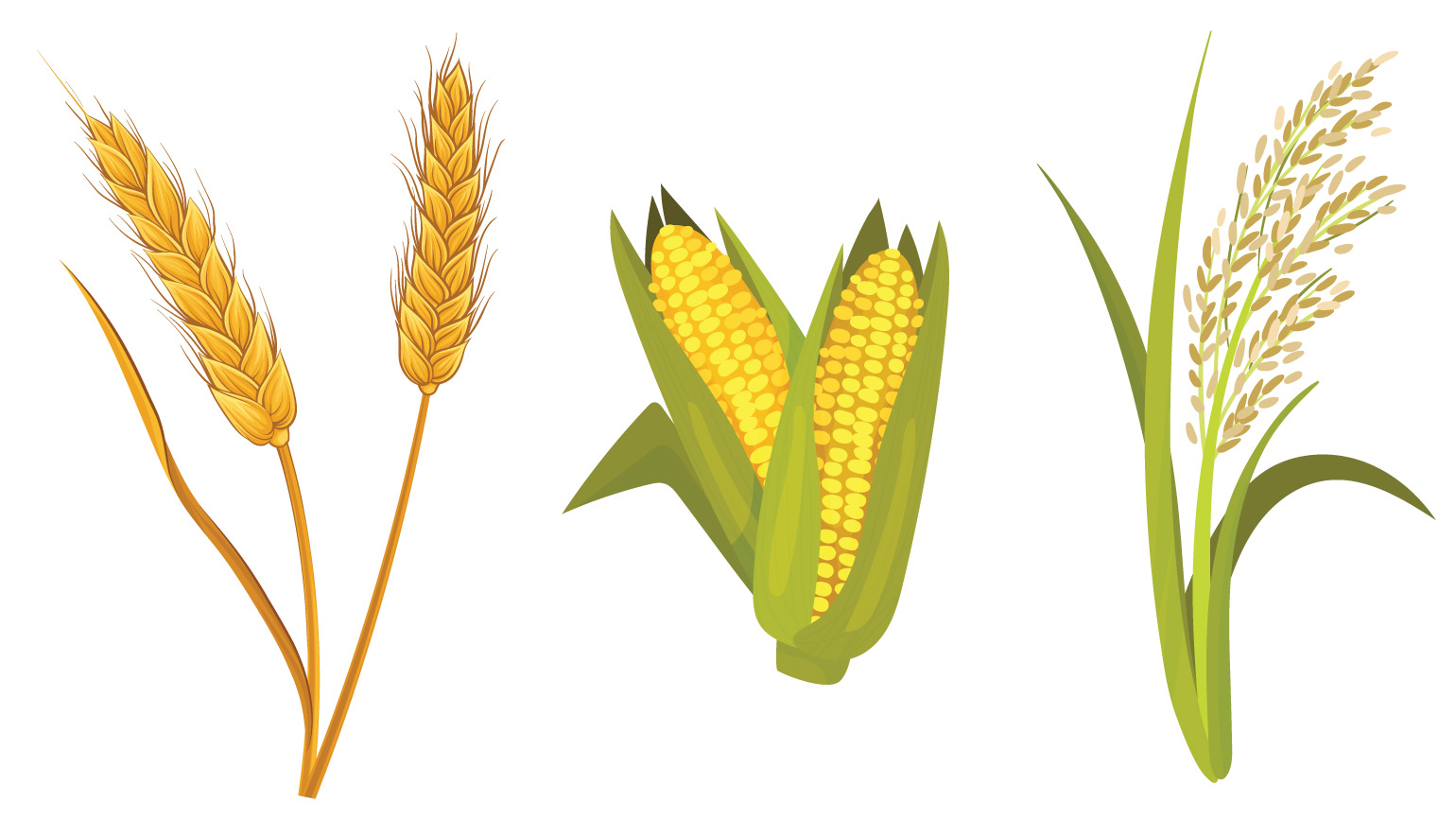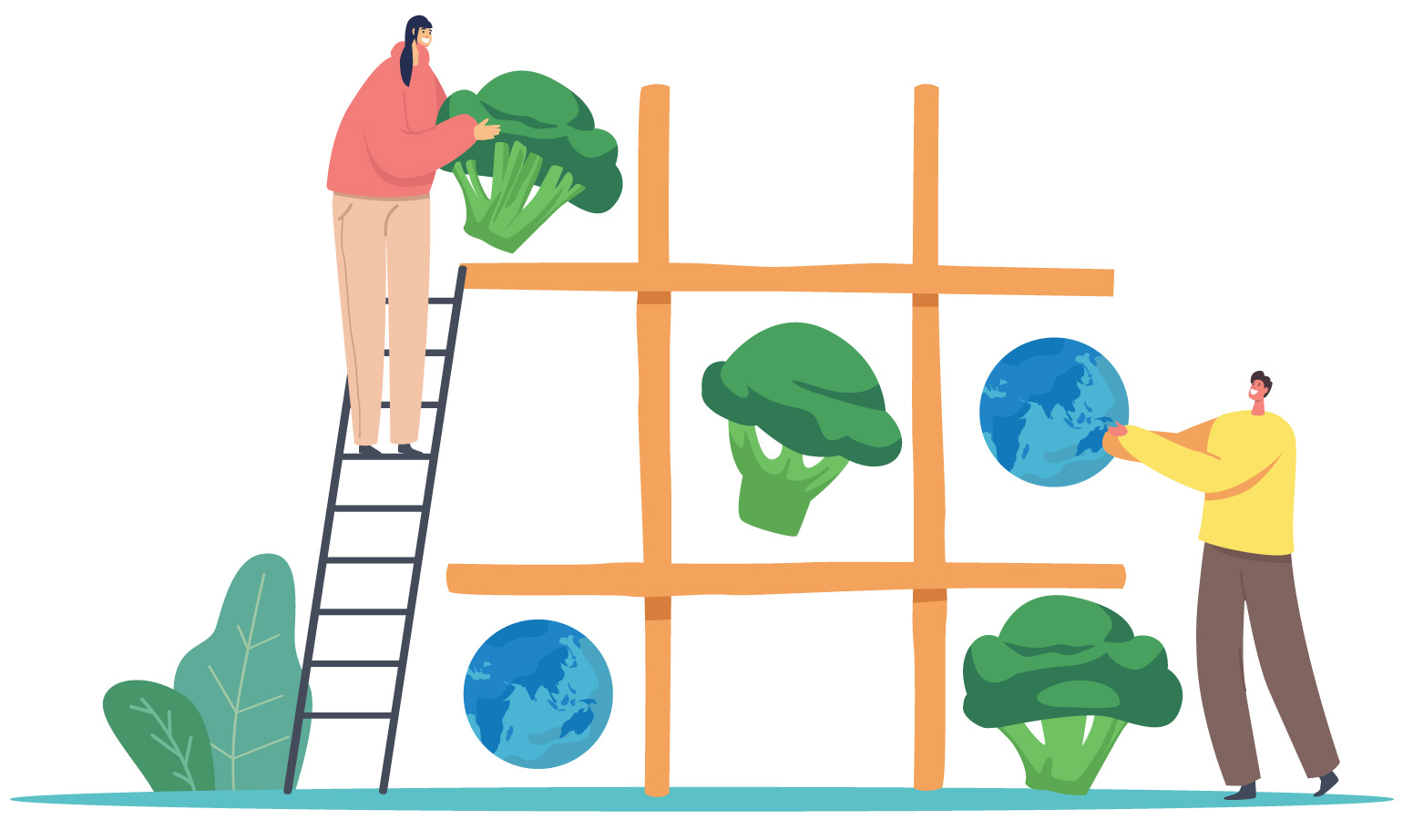A butterfly and a grain of quinoa walk into a supermarket
In 1972, after more than a decade of studies, American mathematician and meteorologist Ed Lorenz presented his theory of chaos to the world. And just as puzzling was the question that initiated his talk: “Does the flap of a butterfly’s wings in Brazil set off a tornado in Texas?”If a single flap of a butterfly’s wing can be instrumental in generating a tornado, so also can all the previous and subsequent flaps of its wings, as can the flaps of the wings of millions of other butterflies.
This theory applies to science and the study of natural phenomena but can also be used as a clever metaphor for the food system and for the potentially unpredicted impact of our food choices.
Can, just like the flap of a butterfly’s wings, one spoonful of quinoa set in motion a profound change in how we eat? One is maybe too little, but several millions of spoonsful of quinoa can be enough to dictate a change in the current food systems. In theory, chaos ensues. In practice, there’ll be not only a collective change of heart and mind, but also a massive change in eating habits, and in the earth’s ecosystems. Confusing? Let us explain.
What we are eating limits our future food choices
Of the several hundreds of thousands of plant species known to man, only about 150 are grown for human consumption. From these, 30 are 95% of the world’s total calorie input. And three crops – three! – represent more than half of this consumption: maize, rice, and wheat.

This means that, in practice, more than half the food we eat each day is based on maize, rice, or wheat, which are farmed almost the same way, and almost always in the same places.
Now, let’s put the population factor into this equation: in 2050, there will be 9 billion people living on the planet (1.2 billion more than in 2021) and, considering current food patterns, food production will have to increase by 70% for everyone to have access to food.
Besides demand, can diversity in food consumption increase?
That for dinner, again? There are more flavours to taste
The lack of diversity (and sometimes creativity) in our food choices has direct impacts on our health and on the environment.
This method of farming is generally used in more climate-resistant crop varieties, that can end up being more susceptible to pests and disease. If a certain insect “likes” that monoculture, then the crop represents an unlimited food source for its kind. With more variety, the available “food” for an insect would be less.
At the same time, monocultures accelerate soil exhaustion – and faster. The repeated replantation of the same crops depletes the soil of the same nutrients over and over again. Just like the soil provides nutrients to plants, also plants can provide nutrients to the soil when they die and decompose. The more variety, the more nutrients, and the more opportunity for the soil to regenerate what it has “lost”.
The more severe consequence of the lack of diversity on the plate is perhaps the rapid loss of biodiversity. Be it plants, or animals that once had these lost crops as their food source or habitat.
Why we should be hungry for change
In its turn, the lack of diversity in the human diet has serious implications for health and many places of the world are suffering from malnutrition “epidemics”. In such places, people may consume the daily recommended amount of calories, but their diet lacks nutrients, vitamins and minerals which are essential to a healthy diet.
According to FAO’s “The State of Food Security and Nutrition in the World 2020” report, more than 690 million people are hungry, which represents around 9% of the world population.
Most of these people in extreme poverty are in developing countries around Africa, Southeast Asia, Latin America and the Caribbean. These areas are also extremely dependent on agriculture. Entire communities live exclusively off the production of coffee, cocoa, sweet potato, cassava, rice, maize, soy, and banana.
One of the ways of supporting the small producers is to buy products with sustainability certificates, i.e. that meet environmental and social sustainability criteria. This means that producers are encouraged to manage their crop areas responsibly, preserving the forests on which they depend, and are fairly compensated for their work, thus ensuring food for their families, while guaranteeing access to education and health care.
The butterfly flaps its wings once more: can your choice of chocolate or coffee – sustainable-certified – positively impact the lives of the communities that produce them in Colombia or Africa? This time, the answer is actually yes.

The secret lies in balance
As you can see, eating healthy and sustainable involves many variables. Simply put, these are some tips you can follow to help you make better, healthier food choices:
- Adopt a diversified and balanced diet, with reasonable portions
- Prefer fresh produce and less processed foods
- Fruits, vegetables, and legumes must be consumed more often than meat, fish or other animal-derived foods (Note that the absence of animal protein can create some deficiencies in fatty acids, minerals and vitamins. Whatever your food choices, the important thing is to have a balanced diet that supplies your body with all the necessary nutrients.)
- Reduce your food waste
- Choose in-season products obtained from organic farming and local productions, that are fair-trade and sustainable certified
Just like the flap of a butterfly’s wings, one choice at a time can even trigger a movement of change in eating habits. It all starts with food choices. Shall we?
